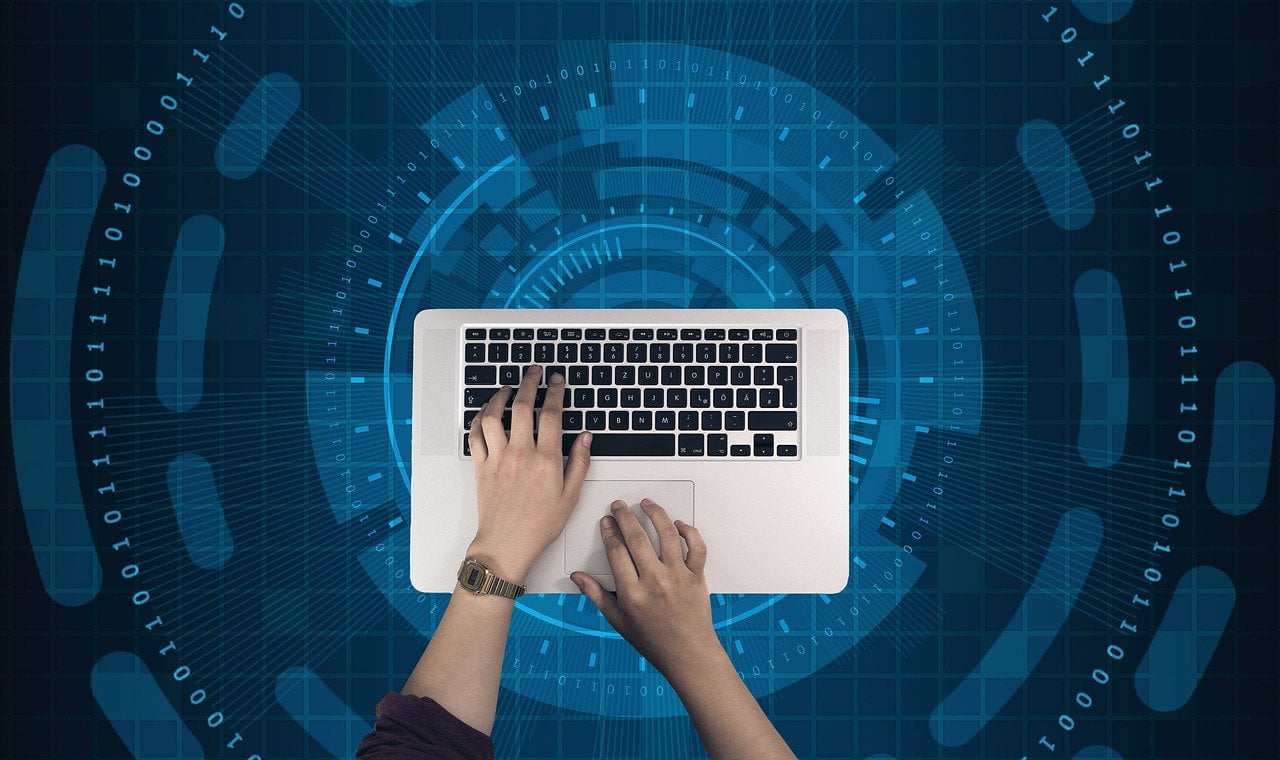Applying AI and a risk-based approach can help manage security vulnerabilities and detect and predict threats before fraud occurs – protecting the bottom line.
Q1 2021 hedge fund letters, conferences and more
Cybercrime to Cost $10.5T by 2025
Cybersecurity has become even more of a hot point for financial institutions in the wake of the pandemic; as more people than ever before work from home, making it difficult to implement uniform security practices and for employers to know exactly what workers were doing, some have predicted that cybercrime will cost the world $10.5T annually by 2025.
Despite growing liabilities, fraud prevention and risk management have long been managed in silos by separate fraud, risk and IT teams that only collaborate after a security breach. But the rise of security intelligence and the digital transformation boom is creating a convergence of these functions via security measures like AI and facial recognition, along with physical security barriers.
By combining the talents of physical security and AI, and remaining vigilant, banks can prevent potential financial losses and reputational damage associated with payments fraud crime.
In a Forbes article, Tengwall stated that even though in-person banking is decreasing, the importance of physical security in conjunction with mobile/online security cannot be overlooked: the physical infrastructure of branches is changing, with in-person services being replaced by more ATMs and kiosks - both of which require security.
Tips To Circumvent Fraud
He adds that as the banking industry continues to evolve into an increasingly mobile/online-based market, establishing these concrete steps as part of a convergence implementation can help circumvent fraud:
Data Aggregation
Over the past decade, the amount of data within financial institutions has grown exponentially. Trying to get critical info from multiple systems is resource-draining and costly; the right data, combined with human insight and actions, enable an institution to meet business goals while also saving time and money.
Real-Time Analytics
Time is money. But time is also especially important for banks and credit unions in protecting customer information and fighting fraud. Real-time analytics provide immediate anomaly detection, providing a layer of precision that empowers leaders to take action where needed.
Artificial Intelligence
AI is key to detecting behavior and profile deviations that may otherwise go unchecked, allowing banks to leverage and identify global fraud trends and take action before being compromised. While it doesn’t negate the need for human interaction, the two can work together and cross-check for errors and help augment each other’s capabilities.






